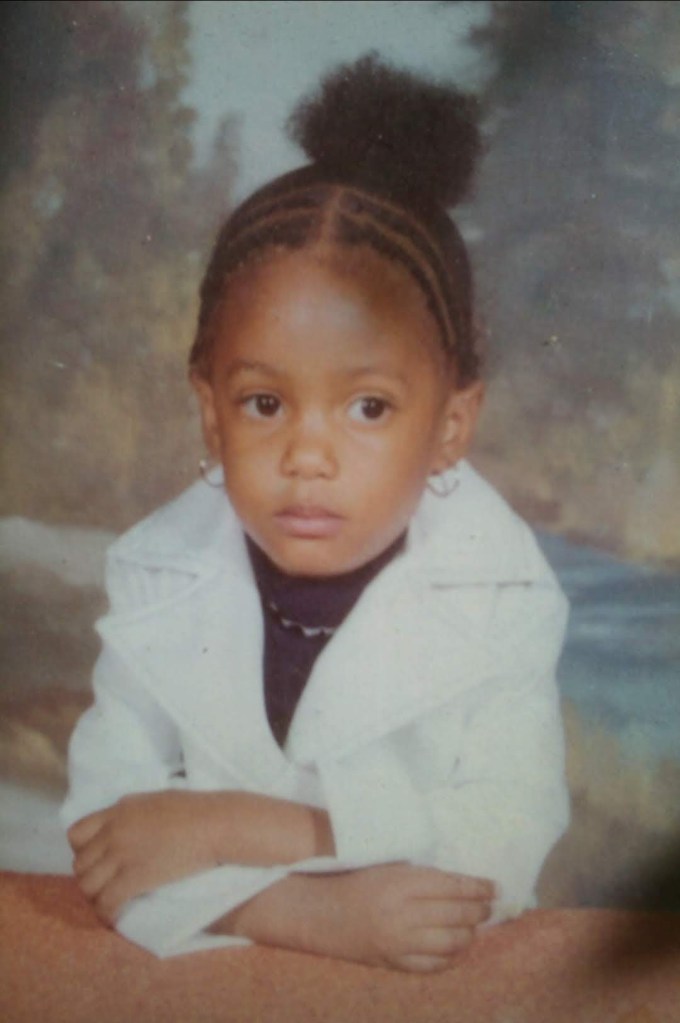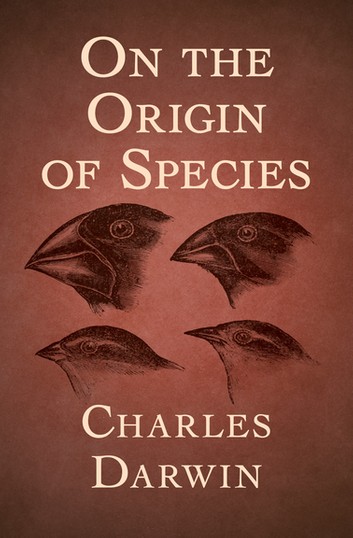Have you ever learned something about yourself and been totally blown away? I have, and it was something so genuinely a part of who I am that it made me question myself for years to come. How I had I missed this huge thing that was right in my face my entire life? If I had missed this what else didn’t I know about myself? Even though this situation stirred up questions it still took me a few years before I seriously asked myself the deeper questions and did the work to figure me out. I digress, that is an entirely different blog! Back to the point, I was sitting in a biology class and the instructor gave us an assignment. We had to write a paper describing our personal relationship with nature. The second I received the rubric I was annoyed! I grew up in the city and had always been a city gal I had absolutely no relationship with nature. In my mind I instantly had a vision of a dandelion growing in the cracks of the sidewalk and I laughed to myself as I walked out of class. I put writing the paper off until the last minute and as I sat looking at the blank page on my computer a flood of images from my life, no images of my life with nature spiraled through my mind. You see I had a really amazing relationship with nature that I never noticed or acknowledged.

For as long as I could remember I collected bugs of all kinds, I loved looking into their alien faces, and sadly, I would sometimes use them for devious acts. I once dumped a bag of bees into a neighbor’s mailbox (this was when the slot opened into the house!). I would catch lighting bugs and use my fingernail to surgically remove their glowing hind parts and then stick them to my face and ears for jewelry. I would catch grasshoppers and shake them around in my hands so I could get their tobacco juice and wipe it on other girls. I had jars of garden snakes under the steps in our basement. And I was CONVIENCED that I had discovered a new species of evil dragonfly one summer in Arkansas, but I’m not quite sure since that was my first time using a magnifying glass. Yes, I was awful, I know. Fortunately, these days I just enjoy taking photos of the bugs and things that I encounter. I love to be outside and I truly enjoy plants. I always have plants in my house, and I would even sometimes sneak and plant butterfly bushes near my apartment so I could see butterflies as I walked into my house each day. Yet, up until that assignment I never gave any thought to any of that. It was just my life I didn’t think about it in the context of it being with nature.
I think we are all guilty of not noticing how the various aspects of nature are integrated into or impact our lives. I am also sure many have not given much thought to how populations and individuals have been shaped by nature. Living in this modern tech driven world we rarely take a step back to figure out how we got to this point. I just recently read On The Origin Of Species by Charles Darwin, and I must say it was a beautiful work of science. Previously, I had read chapters on Natural Selection and evolution in school, watched videos, and completed assignments on the topic but I had never actually read the book itself. I sincerely recommend it! When you read it, you have to marvel at the fact that Darwin was very young (22 years old) when he went on a five-year journey around the world collecting samples and documenting what he saw. When he undertook his journey, he had no knowledge of the concept of DNA, he had no real understanding of how traits were passed from parents to offspring, and therefore really didn’t understand patterns of inheritance. It is truly astounding to understand the scope of his work in the absence of information that we take for granted today.
When most people think of Darwin the immediately think evolution and survival of the fittest. However, the focus of the book was actually descent with modifications, natural selection, and simply explaining what he had witnessed on his journey. Descent with modifications is the idea that offspring will be slightly different from their parents. These differences we now know are due to random mutations and patterns of inheritance. When you hear the word mutation most of us think cancer or some other disaster which is a definite possibility, but mutations can sometimes lead to positive changes. No, unfortunately we are not talking the Marvel movie type of positive changes. We aren’t about to be hanging out with Magneto or Wolverine anytime soon, but if you ever decide to procreate just know you will be producing you very own little mutant.

Natural selection is the simple elegant fact that nature is a tough place to live in and as such all progeny will not survive to adulthood in nature. The hope is that the little mutant you made would have a positive mutation that would allow it to survive any challenges nature throws their way. If they survive and reproduce their children will inherit the same mutation (along with some of their very own). One example of how this works can be seen with household bugs. Say you have bugs in your house, you grab a can of bug spray and kill the bugs. Unfortunately, there were a few bugs that had a mutation that allowed them to survive and reproduce. They pass the mutant genes to their children and the next time you spray the grab cups, drink a swig, and do a little gig, but they survive. That is natural selection, and this happens all the time in nature. We humans don’t really live by the whims of nature at this stage but there was a time when we did and during that time the humans with mutations that provided some benefit to survival thrived and those without these beneficial mutations perished. We have learned quite a bit more about evolution since the 1800’s but this is the basic foundation for how positive traits are passed from one generation to the next.
This is a simple yet beautiful process but understanding the evolution of human behavior and emotions is a complex process which can be very difficult and socially problematic. Distinguishing between behaviors are inherited verses those that are learned or due to the environment can sometimes get controversial. Much of the information gleaned from some of the most prominent scientist of that time (Darwin included) were biased towards western ideals. These studies provided only small scientific value and actually have historically been used to justify and fuel hate.
This article is a part of a series focused on the analysis and origions of hate:
Why This Why Now? Published 01.07.2021
What Is Hate? Published 01.14.2021
So, What’s The Plan? Published 01.21.2021
Citations
- [Baby Beast]. (n.d.). Deviant Art. https://www.deviantart.com/artoflaurieb/art/Baby-Beast-Teething-175808348
- Darwin, C., & Huxley, J. (2003). The Origin of Species: 150th Anniversary Edition (150th Anniversary ed.). Signet.
- S.C. (2015, September). Wolverine [Drawing]. Stated Clearly. https://www.statedclearly.com/videos/how-does-new-genetic-information-evolve/


2 thoughts on “How to Make a Mutant”